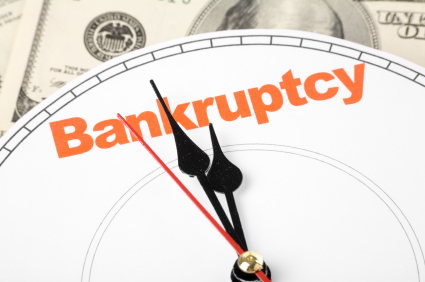Note that the order of discharge only applies to debts that were incurred before submitting its declaration of bankruptcy. Another type of debt that can not “discharge” (forgive) is when, by fraud, the person has received any goods or money.
The person who files for bankruptcy under Chapter 7 can get an order of discharge, once every six years, and know that once earned the “forgiveness” of debt, can not be forced to pay, not can be forced to pay for it, although you may choose to do so voluntarily without having to sign any agreement, as a reaffirmation agreement document, for example.
In some cases, some creditors have rights over any property of the person, as the bank that owns the mortgage on a home, or the lender company that owns the title of the car that the person is paying. If the person receives a discharge order for these goods do not have to pay the debt, but the creditor may claim and take your home or car.
How does a reaffirmation agreement work
Even if he gets an order of discharge of a debt, the person may have a special reason to settle this debt, for example, retain ownership of his car. You will have to negotiate a payment plan with the creditor and sign a document certifying the agreement called Reaffirmation Agreement, it is done voluntarily by both parties. These agreements also:
- There must be a difficult burden to meet
- Must be best for the person
- it can be cancelled at any time until the Court issue the disclaimer or within 60 days after submit the agreement to the Court.
If the person is not represented by a bankruptcy lawyer, the Court decided, by a hearing, whether to approve the agreement. If the person reaffirm a debt and then fail to pay, you pay the debt as if it had not declared bankruptcy. Then the debt in question may not be “discharged” and the creditor can take concrete or legal action to recover any property on which it is entitled.
